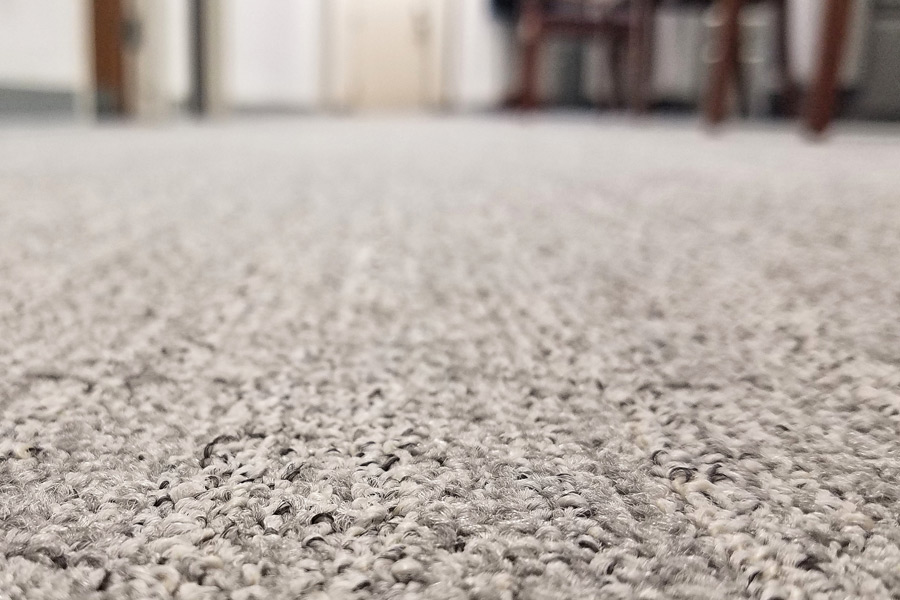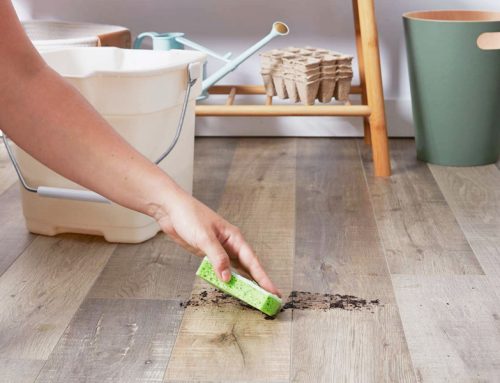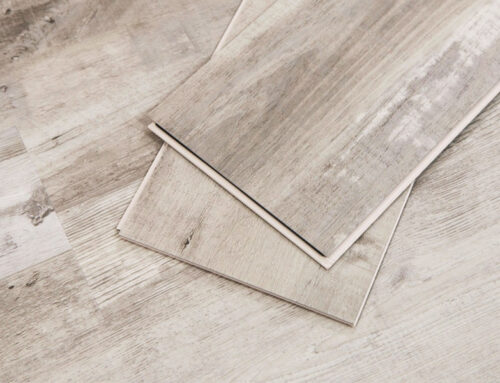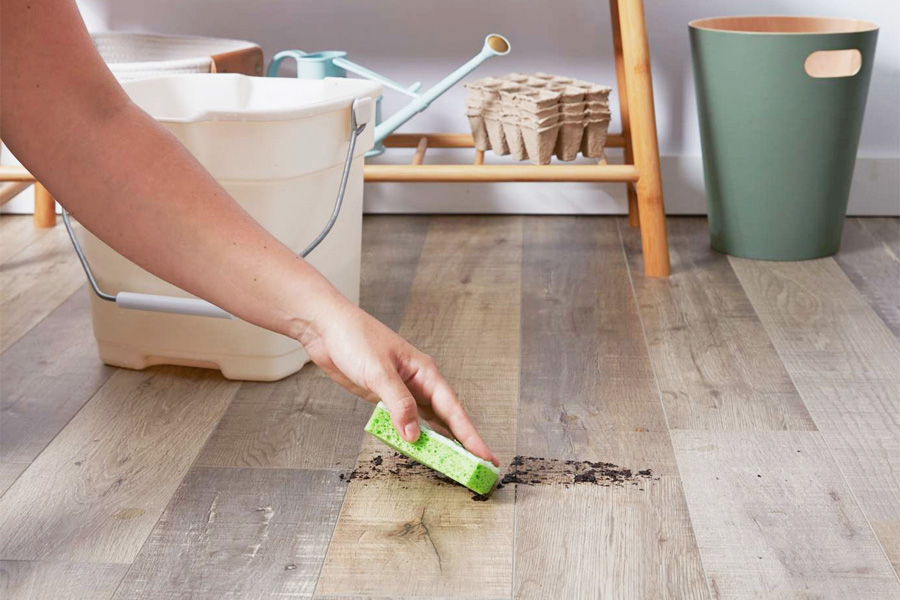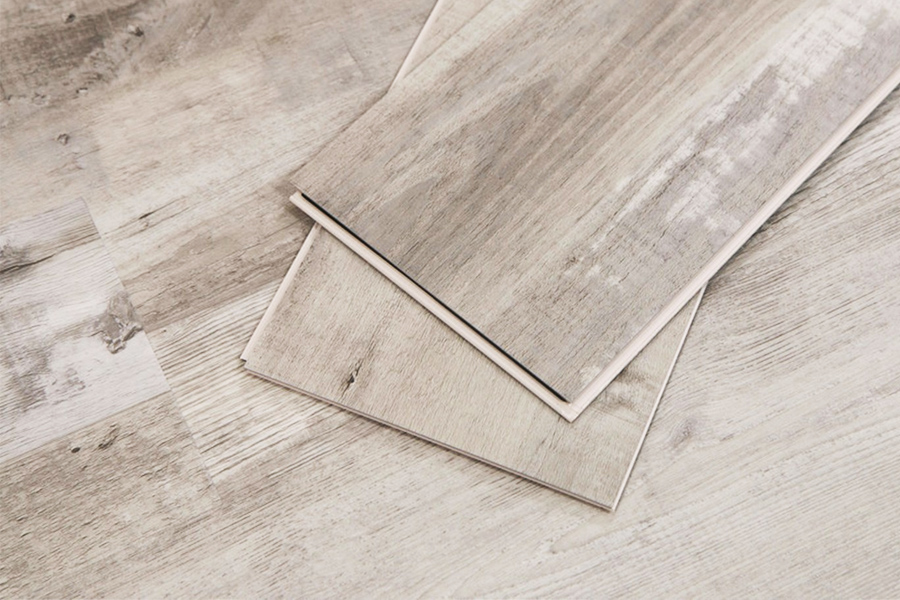Did you know that carpet makes up 43% of the flooring choices in the USA? With such a large share of the market, it’s hard to believe that in the past carpet was a mark of status amongst only the wealthy classes. Today, carpet is mass produced on scale our ancestors would not believe. Using environmentally friendly and high-speed techniques it has evolved from a humble weaving and grown to a worldwide industry. Looking back through the years, join us as we run through some facts about the history of modern broadloom carpet.
- Historians believe the first knotted-pile carpet rugs originated in western Asia nearly 4,000-5,000 years ago. A knotted pile carpet is a rug containing raised surfaces, the piles, formed from the cut ends of knots tied between the warp and weft of a woven textile.
- The oldest carpet ever discovered is the Pazyryk Carpet and is thought originate in the 5th Century BC. It was discovered preserved in a Siberian burial mound in 1949 and features rich colors and dense symmetrical double knots. It has a ribbon pattern in the middle with a border of deer and warriors around the edge. It is created solely from dyed wool and is on display at the Hermitage Museum in St. Petersburg Russia.
- Ancient carpets originally hung on the wall as decor, rather than the floor since they were too valuable and time consuming to produce. Oriental carpets began to appear in Europe after the Crusades in the 11th century, due to contact by Crusaders with Eastern traders. Until the mid-18th century they were mostly used on walls and tables.
- Historically both the French and English began producing woven carpets around the same time. The French production of handmade carpets began in 1608 as an initiative of Henry IV. The Turkish carpets served as models and the carpets were woven with symmetrical knots. Most of the carpet manufacturers were situated in southeast of England around the city of Norwich in the 16th and 17th century. The styles of the carpets were often inspired from Anatolian and Indo-Persian patterns.
- The U.S. carpet industry got its start in 1791 when William Sprague started a woven carpet mill in Philadelphia, Pennsylvania. The industry continued to expand over time, as technology allowed high-quality carpets to be manufactured quickly. In the United States, the earliest carpets were large rugs made of woven wool. Using large looms brought from England, woven carpet mills began to develop in cities along the East Coast. At the time, tufted broadloom rugs were still to be invented.
- Tufted rugs began in a very simple way – with a bedspread. Around the turn of the 19th century a young, Dalton woman, Catherine Evans Whitener, recreated a bedspread in a hand-crafted pattern she had seen, for a wedding gift. Copying a quilt pattern, she sewed thick cotton yarns with a running stitch into unbleached muslin, clipped the ends of the yarn so they would fluff out, and finally, washed the spread in hot water to hold the yarns in by shrinking the fabric. Interest grew in young Catherine’s bedspreads, and in 1900, she made the first sale of a spread for $2.50. Demand became so great for the spreads that by the 1930s, local women, who were real entrepreneurs, had “haulers,” who would take the stamped sheeting and yarns to front porch workers.
- The first wall to wall carpets were created out of individual panels rather than one long roll. Bordered carpet squares were originally sewn up from 27″ wide strips and were for many years seen to be the norm. Until the early 19th century fitted carpets could be bought only by the exceptionally well-to-do. These wall-to-wall carpets were mainly made with narrow width material sewn together until – you guessed it – the invention of broadloom carpeting.
- Building on Catherine’s originally design for chenille, the introduction of a completely new method of making carpets was originally adapted from looms designed to make candlewick bedspreads. These new tufted carpets, as they became known, were produced more quickly, with less raw material and lower labor costs than English Axminsters or Wiltons.
- In 1949 E.T. Barwick Mills was an early adapter of tufting at the time when the carpet industry started shifting from woven construction to tufted construction. Barwick Mills was also the first to make carpet with synthetic fibers. To grow his business, Eugene Thomas Barwick bought out one of his chief suppliers, McCarty Chenille of Chatsworth, Georgia and hired former owner Frank McCarty to continue to run the production end of the business. He logged more than 100,000 miles traveling selling his carpet and returned with orders totaling $998,000.
- In 1959 Carpet Fair, the business that would one day become Next Day Floors, opened its first showroom in Glen Burnie Maryland. They welcomed in the public to see their newest product, Broadloom Carpet and displayed it on huge rolls in nine-foot widths. Carpet Fair was one of the first showrooms to include a decorator center with onsite interior designers on call to help homeowners install their latest product. Safe to say, it was an instant hit.
So, the next time you are looking to redecorate, remember the carpet under your feet is more than just a cozy home addition. You’re walking on history!


